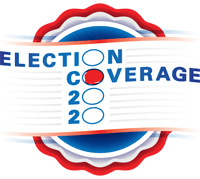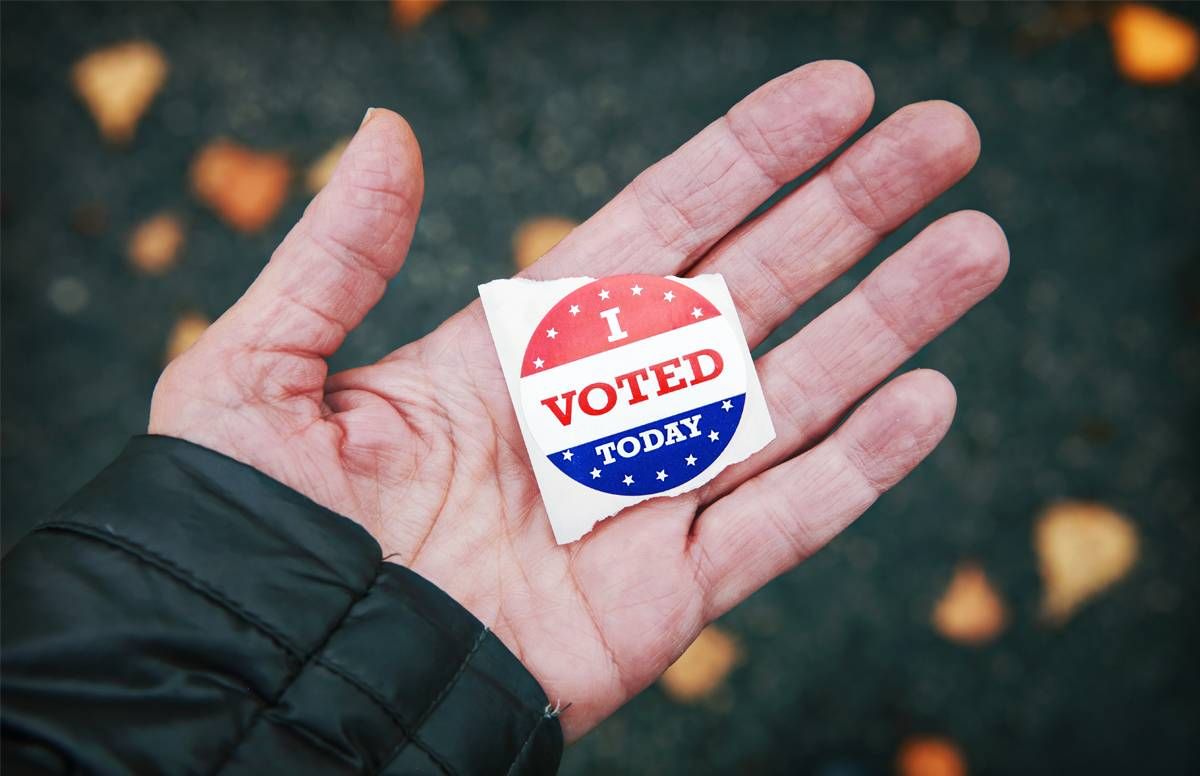Election 2020: Why Older Voters Will Not Vote As a Bloc
The very different priorities between those age 50 to 64 and those 65+

If we’ve learned anything in 2020, it’s that absolutely nothing should be taken for granted. The coronavirus pandemic has upended our daily lives. We’re not going to baseball games or movies. We’re visiting friends and family online instead of in person. And, looking ahead to this year’s election, we’re carefully planning how to vote safely.

This is particularly true for older Americans, who are among the most at risk for negative outcomes from COVID-19. But, make no mistake, the ages 50 and older populace will vote in force, as they always do. In election after election, older adults cast the majority of ballots — 56% in 2016 and 60% in 2018 — because they turn out at much higher rates than younger Americans.
Two years ago, for the 2018 midterm elections, close to seven in 10 voters ages 65 and older and more than six in 10 voters ages 50 to 64 went to the polls or submitted absentee ballots.
Signs Point to a High Older Voter Turnout in 2020
And, while people are concerned about putting their health at risk to vote, all signs point to this high turnout trend continuing. In a recent FoxNews survey, 91% of likely voters ages 45 and up, including 95% of those ages 65 and older, said they were certain they would vote this year.
Top of mind are health and financial security — two issues that older Americans, particularly older women, were anxious about before the pandemic.
Candidates, if they want to win, need to listen to Americans ages 50 and older and address their concerns. Top of mind are health and financial security — two issues that older Americans, particularly older women, were anxious about before the pandemic.
On the health front, people ages 50 and older are taking the pandemic very seriously and are deeply concerned for their own and their families’ health and safety.
According to a Washington Post/ABC News poll, 76% of 50- to 64-year-olds and 86% of people ages 65 and older say the pandemic is not under control. And close to two-thirds of both groups are worried that they or a member of their family will contract the virus.
What Older Women Are Concerned About
Older women are more likely to be worried that they won’t be able to afford testing or treatment for COVID-19 if they need it. Many are their family’s “Chief Health Officer,” carrying the weight of their loved ones’ health care needs as well as their own.
Before the pandemic, we know that half of women ages 50 to 64 and a third of women ages 65 and older couldn’t afford health care, while around a quarter of older women are in poor or fair health, including close to half of low-income women ages 50 and older.
In terms of economic security, pre-retirees have been hard hit by coronavirus-related job losses. Unemployment among workers ages 55 and older jumped from 3.6% in March to 6.7% in September.
The financial impact for these folks will likely be long-lasting. We know from AARP research during and after the Great Recession that older Americans who lose their jobs are more likely than younger workers to have extended periods of unemployment lasting six months or more. Many will end up working fewer hours for less pay, or they may retire earlier than planned, putting their long-term financial security at risk.
The situation is especially difficult for older women and people of color who face the double or triple whammy of age, gender and racial discrimination.
Hardly a Monolithic Voting Bloc
And let’s not forget that voters ages 50 and older are not a monolithic bloc, but have different priorities.
While 60% of those ages 65 and older say they prefer political candidates who focus on keeping families healthy and reducing the spread of the virus, versus candidates focused on reopening businesses and getting people back to work, those ages 50 to 64 are split on this question.
There is nearly unanimous agreement, however, on the importance of Social Security as the bedrock of retirement security in these uncertain times.
Even in this hyperpartisan, divisive political climate, AARP research finds that more than 90% of Republicans, Democrats and Independents of all ages say that Social Security is an important program. Around 80% across party lines said they will rely on Social Security benefits for at least some of their retirement income.
Large majorities are concerned that they could be wiped out financially at any time by a major health care expense or economic downturn.
What all of this means for the outcome of the election isn’t clear.
There is a long way to go, even as voters start sending in absentee ballots well in advance of Nov. 3. (And, for the record, poll after poll shows that while many older Americans will vote from home, a significant proportion plan on voting in person — either through early voting or on Election Day.)
What Is Certain About the November 2020 Election
But one thing is certain: those ages 50 and older will play a decisive role in this election, as they have in recent cycles. Older Americans swung for President Trump in 2016, but they also powered the Democratic House takeover in 2018.
They are not a monolith or a lock for either party.
How older adults vote depends upon who they are and where they live. In 2018, older African American voters swung overwhelmingly Democratic, while older Hispanic/Latino voters favored Democratic candidates by 20 points. People ages 50 and older who live in rural areas swung heavily Republican, while their urban counterparts went heavily Democratic. The suburbs were a jump ball, with older voters split 49 to 49.
At the end of the day, Republicans shouldn’t take older adults for granted, and Democrats shouldn’t write them off.
Despite all the uncertainty in 2020, older voters intend to make their voices heard in this election. Looking beyond November, we must remain vigilant and engage older Americans on the issues that will affect them and future generations.
It is long past time for policymakers to confront the reality of a population that is getting older and a demographic trend that will skew older for years to come.
(This article was initially published on the American Society on Aging’s Generations site.)

